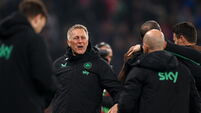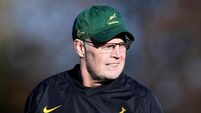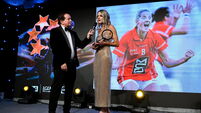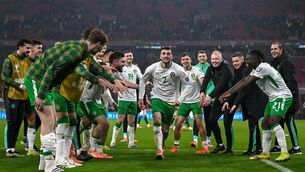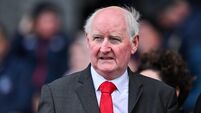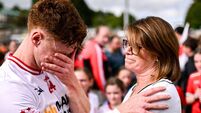John Riordan: How Harlem became a hotbed for cycling
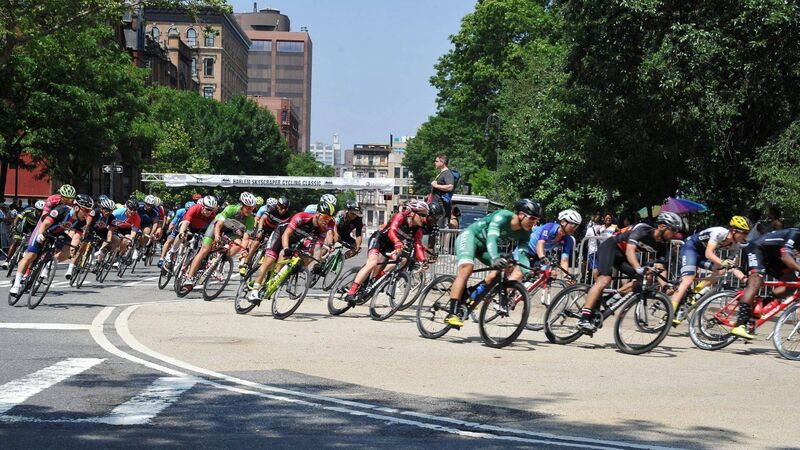
HOTBED: Every June for five decades, hundreds of professional and amateur riders race around the one mile course which is shaped by the iconic Marcus Garvey Park in New York.
There is a deep and historic connection between the village of Harlem - as lifelong resident Richard Cox refers to it - and the city of Paris.
It starts and endures healthily with jazz, the visual arts and food. For well over a century, the traffic of influence travels both ways, equally. And for a group of dedicated Harlem cycling enthusiasts, today's opening stage of the Tour de France will be watched keenly. As will the subsequent stages right through until, three weekends from now, what's left of the Peloton cruises from Paris' financial hub of La Défense into the climactic eight laps of the Champs-Élysées.


